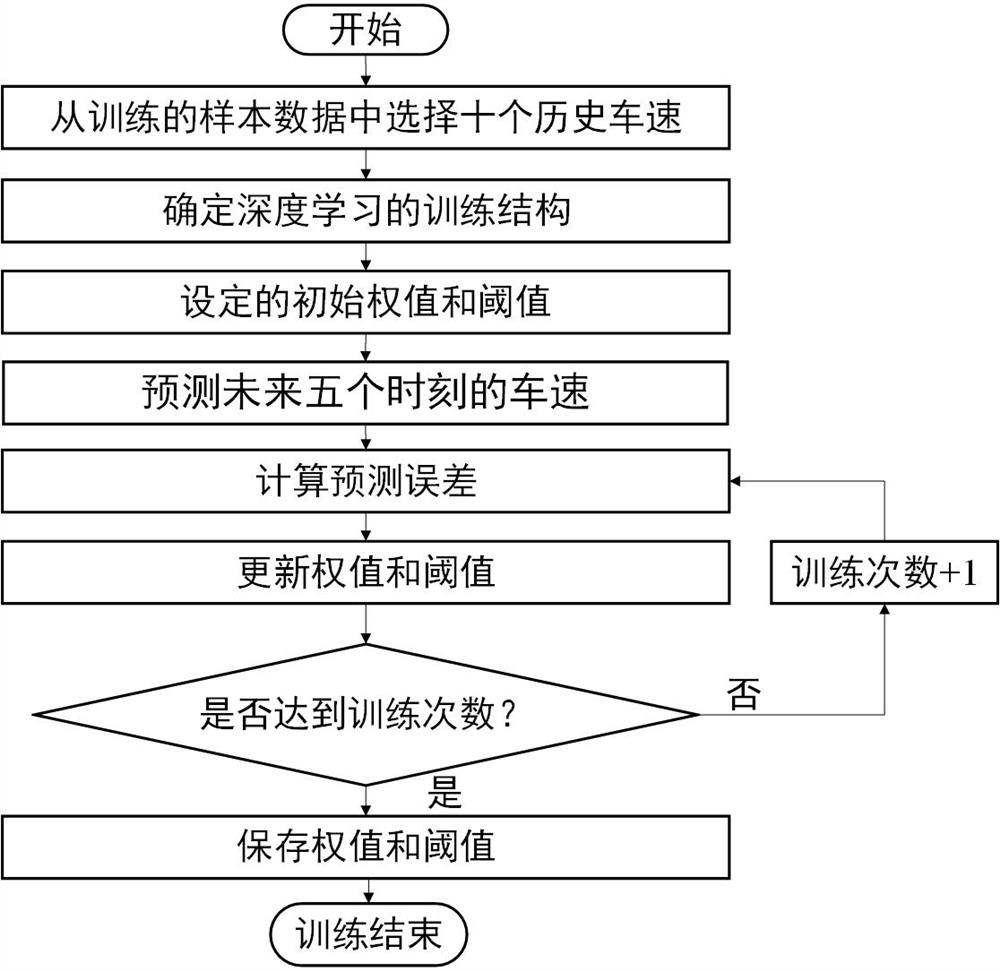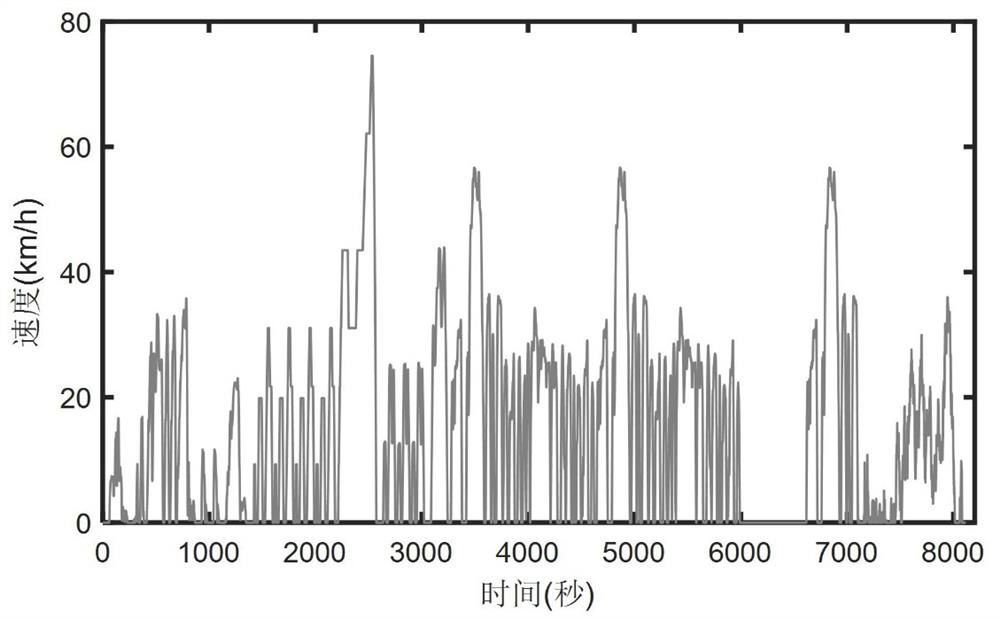Hydrogen conversion ratio control method for vehicle fuel cells based on deep learning-predictive control
A fuel cell and deep learning technology, applied in fuel cells, chemical property prediction, chemical machine learning, etc., can solve the problems of reducing the utilization rate of hydrogen input to the anode of the stack, reducing the service life of the fuel cell, and the damage of the fuel cell, and achieving real-time The effect of adjusting, reducing power consumption, and improving accuracy
- Summary
- Abstract
- Description
- Claims
- Application Information
AI Technical Summary
Problems solved by technology
Method used
Image
Examples
Embodiment Construction
[0075] The present invention will be further described below with reference to the accompanying drawings and embodiments.
[0076] Please refer to figure 1 , the present invention provides a method for controlling the hydrogen excess ratio of a vehicle fuel cell based on deep learning-predictive control, comprising the following steps:
[0077] Step S1: constructing a vehicle fuel cell electrochemical output characteristic model and an anode hydrogen supply system model;
[0078] Step S2: according to the anode hydrogen supply system model, a deep learning prediction controller is designed, including a vehicle speed prediction model and an excess hydrogen ratio prediction control model;
[0079] Step S3: Input the Z historical vehicle speeds measured by the vehicle speed sensor into the vehicle speed prediction model, use the deep learning prediction method to predict the vehicle speed sequence at N times in the future, and calculate the vehicle speed sequence through the veh...
PUM
 Login to View More
Login to View More Abstract
Description
Claims
Application Information
 Login to View More
Login to View More - R&D
- Intellectual Property
- Life Sciences
- Materials
- Tech Scout
- Unparalleled Data Quality
- Higher Quality Content
- 60% Fewer Hallucinations
Browse by: Latest US Patents, China's latest patents, Technical Efficacy Thesaurus, Application Domain, Technology Topic, Popular Technical Reports.
© 2025 PatSnap. All rights reserved.Legal|Privacy policy|Modern Slavery Act Transparency Statement|Sitemap|About US| Contact US: help@patsnap.com



